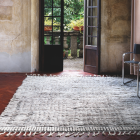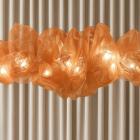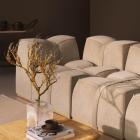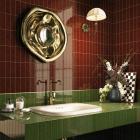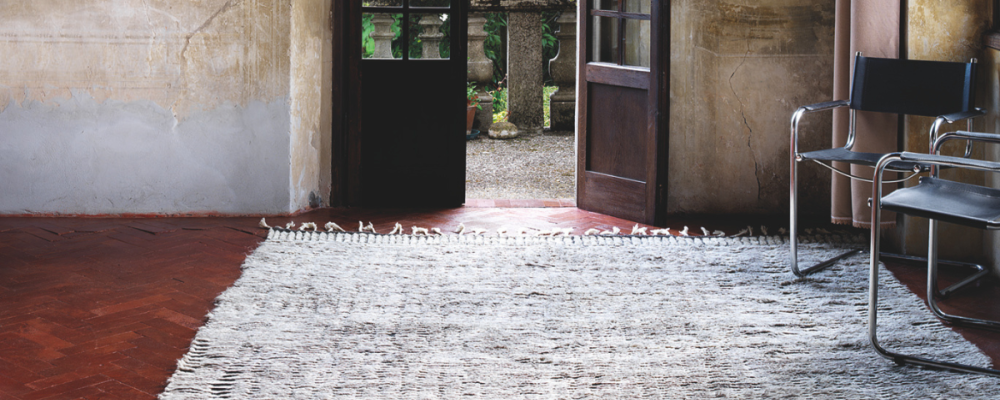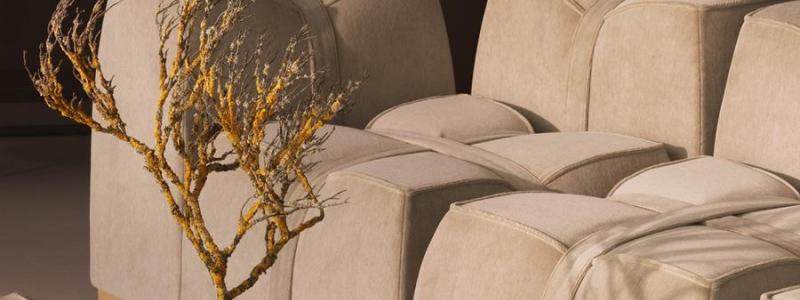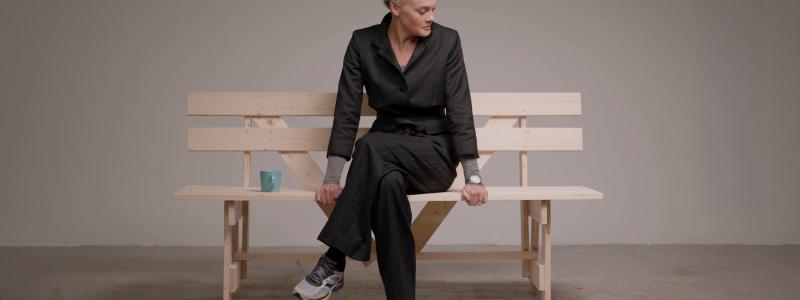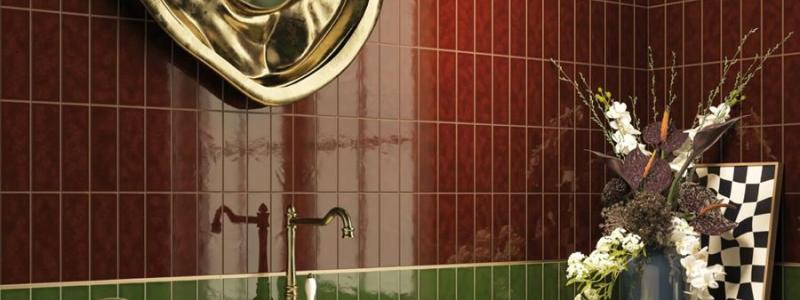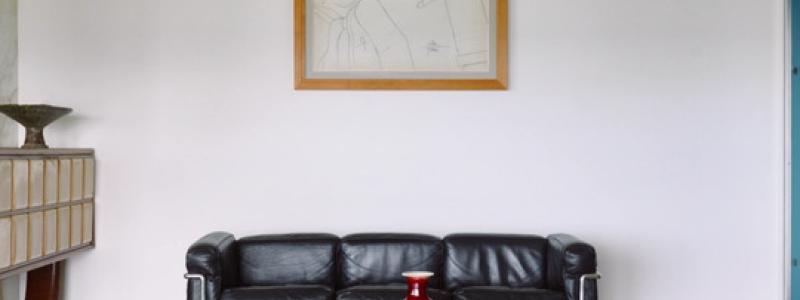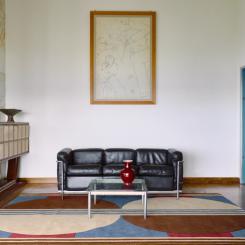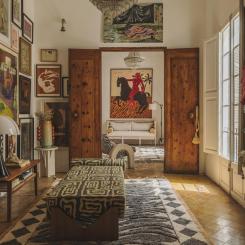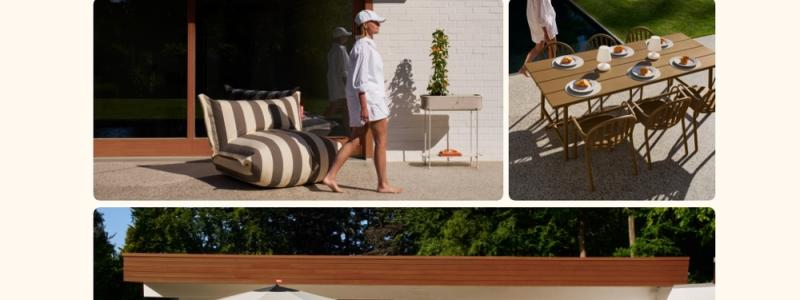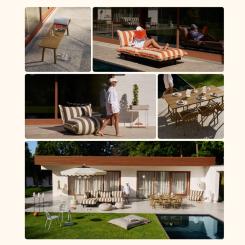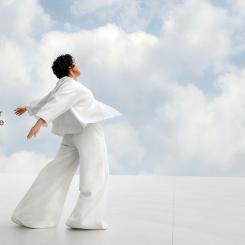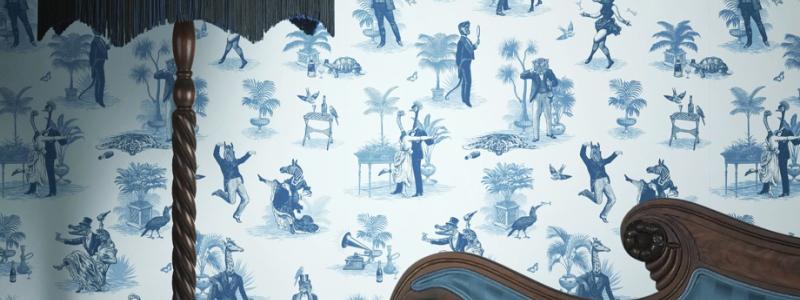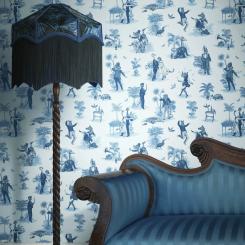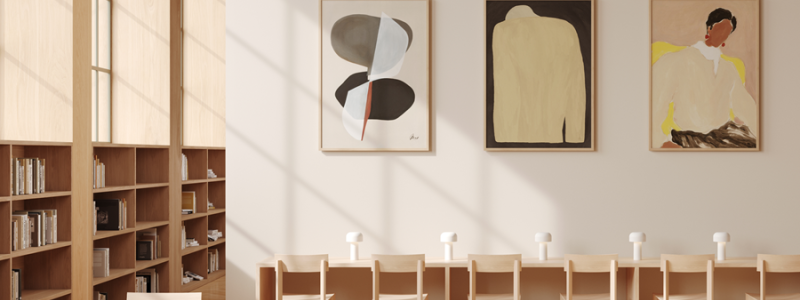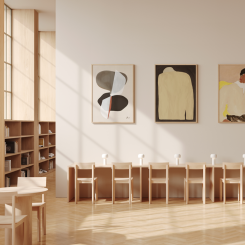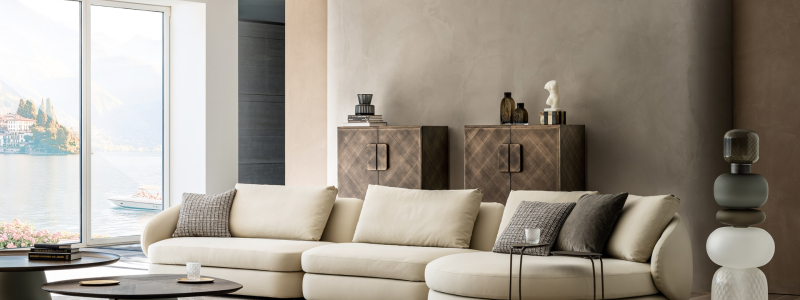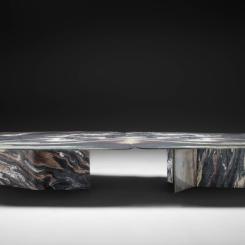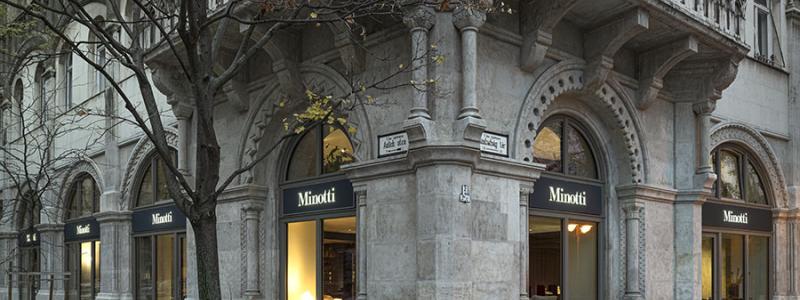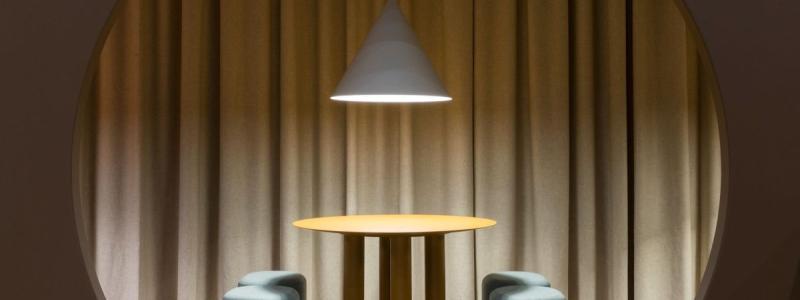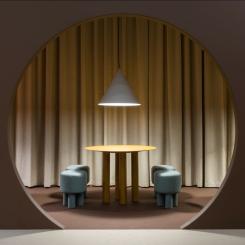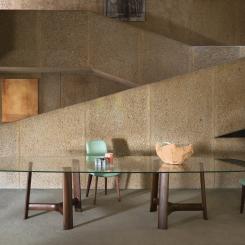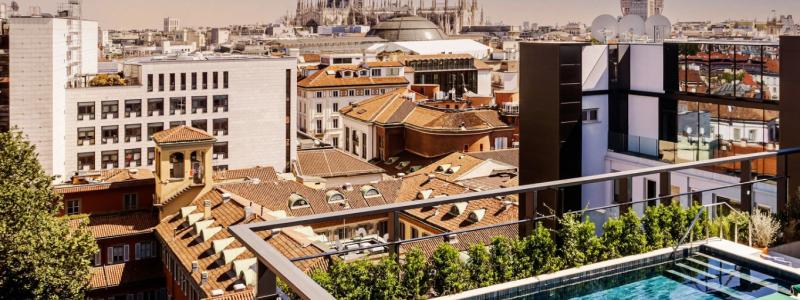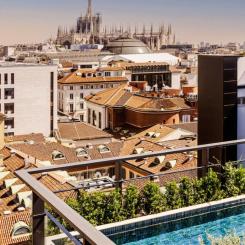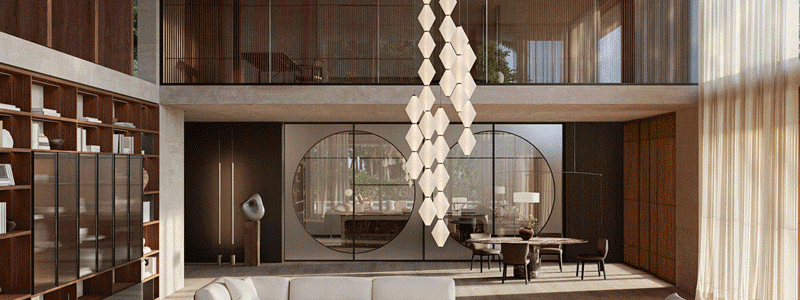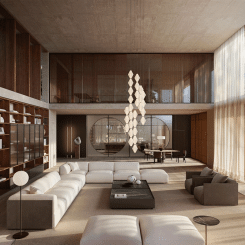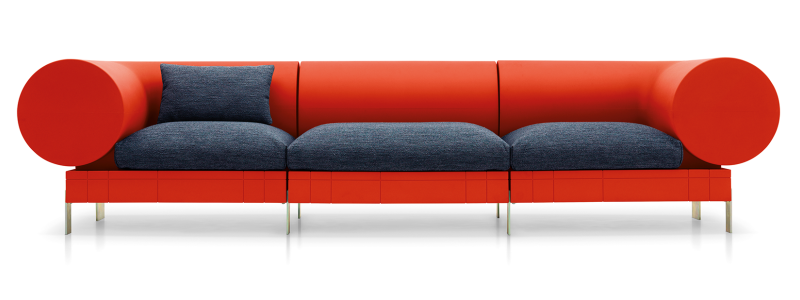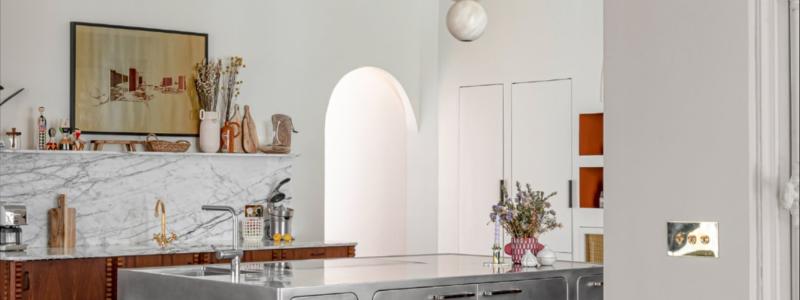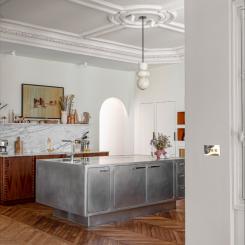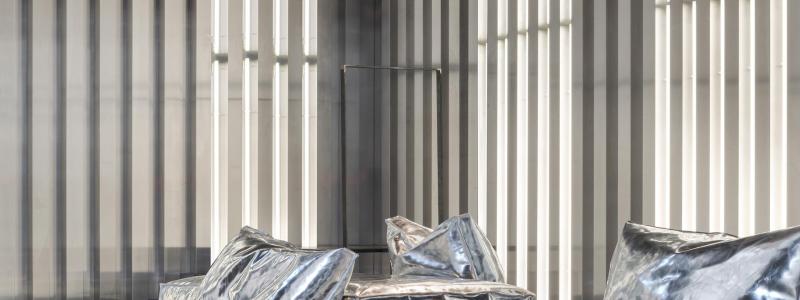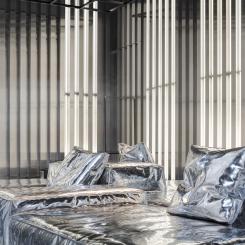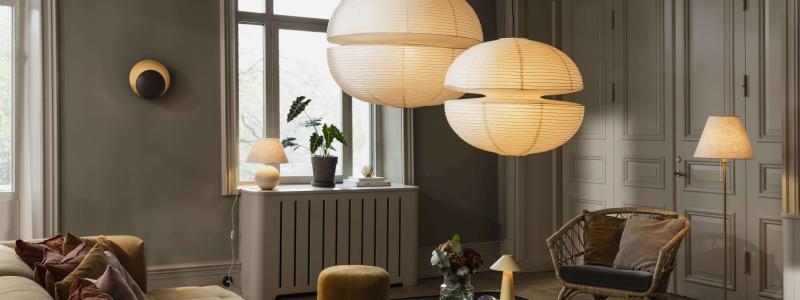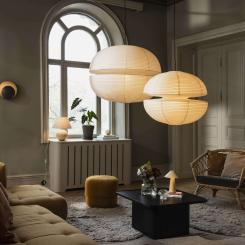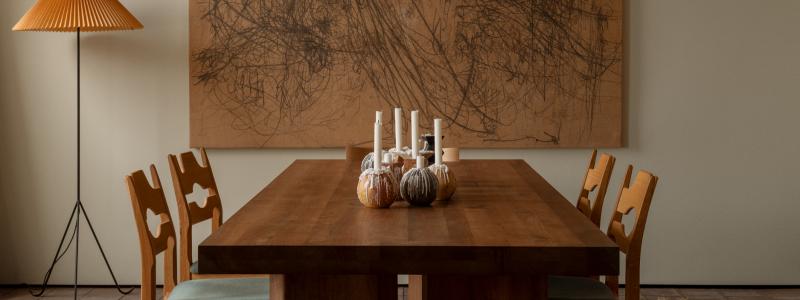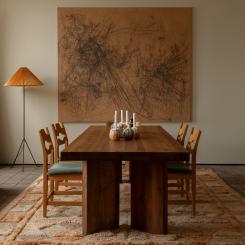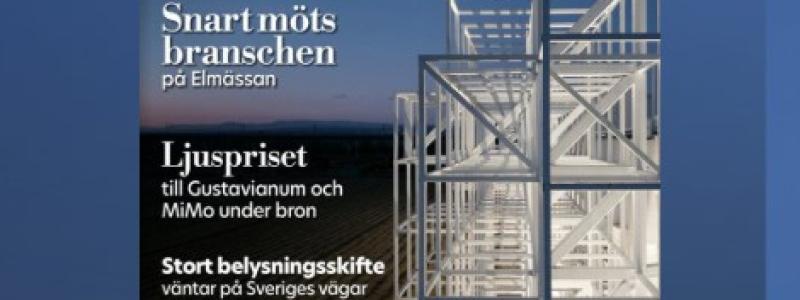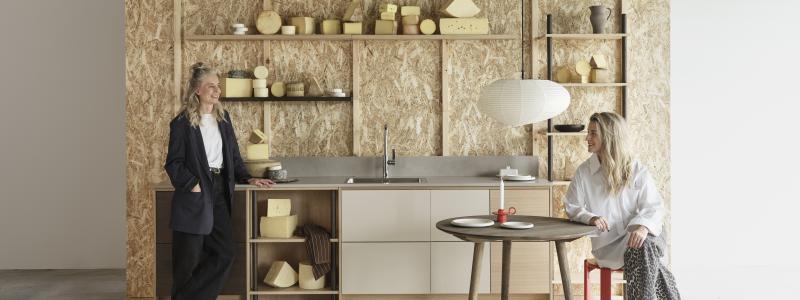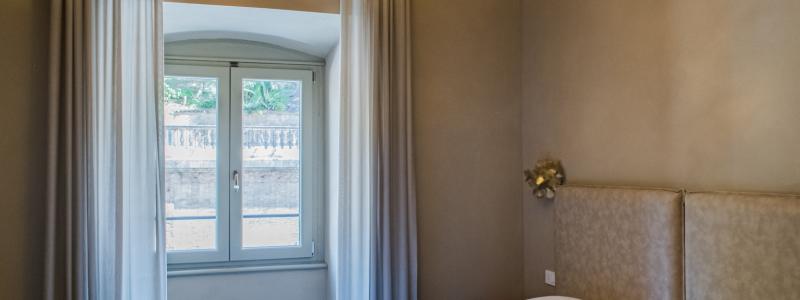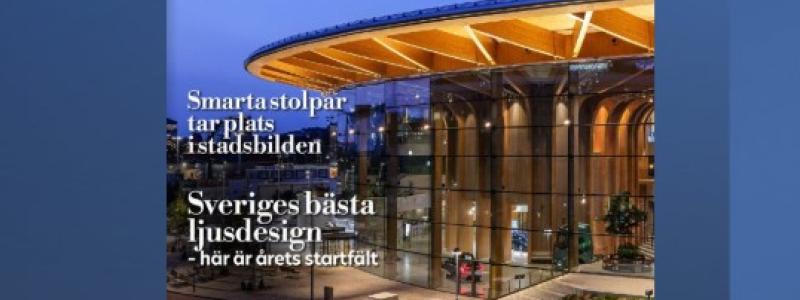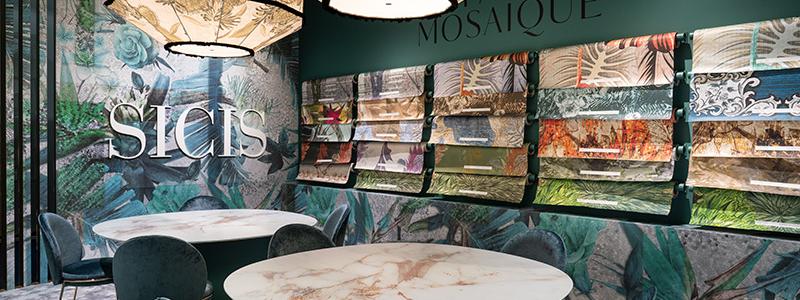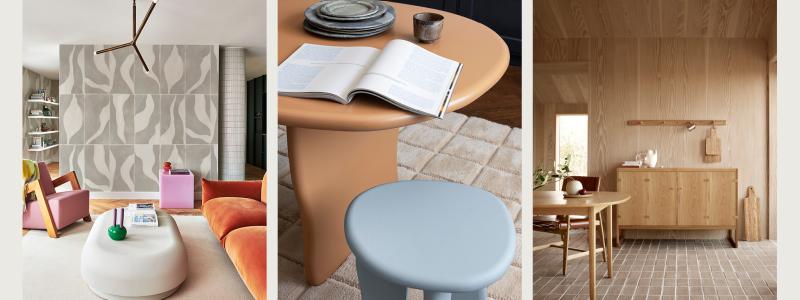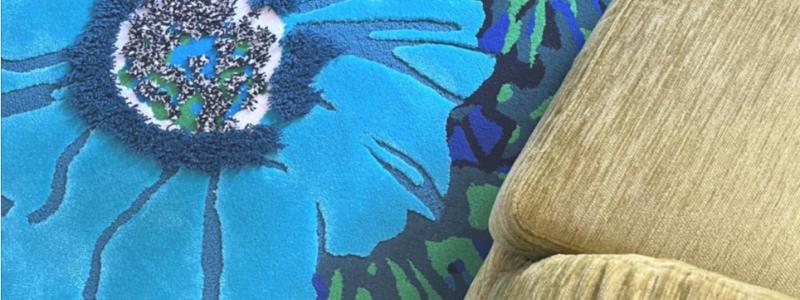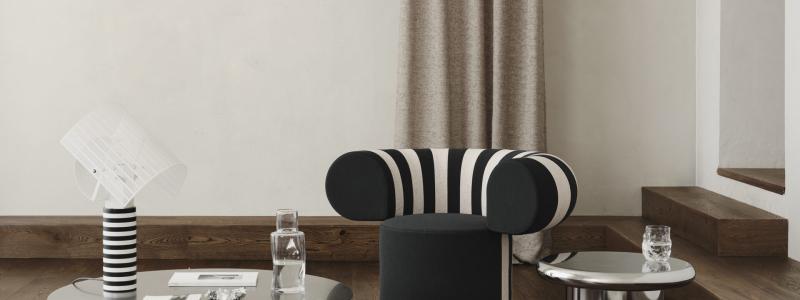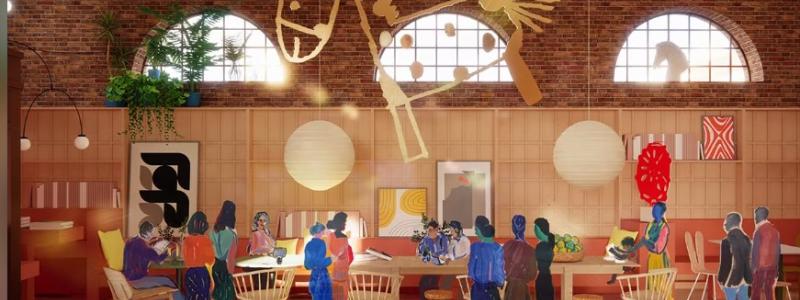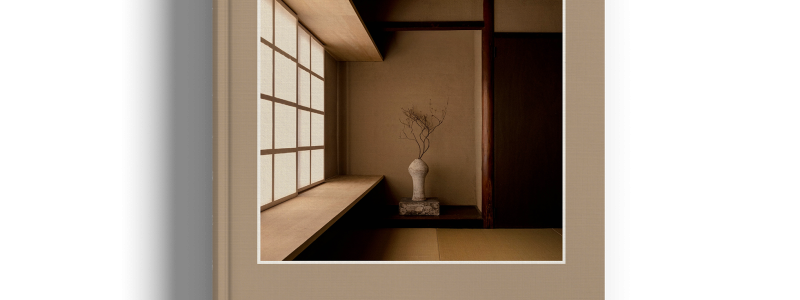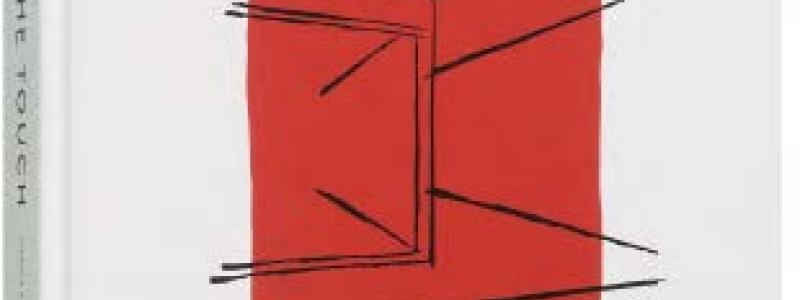Mankind faces a challenge comparable in size with the industrial revolution to build a sustainable society. In order to succeed, we need to learn how to coexist with nature. That’s why Swedish Kjellgren Kaminsky Architecture propose a building that aims to become a symbol; not of power nor wealth, but of a new era of harmony and interplay between nature and mankind.
The development trend of contemporary metropolises is to increase the population density. This leads to developing cities vertically instead of horizontally.
KKA has developed a new high-rise typology which is essentially integrating human and animal inhabitants in high-rise buildings. The design further elaborates a combination of rational, man-made apartments and natural, organic-formed bird nests on the facade of a skyscraper. Birds and insects are nature's premier architects, using a disarranged form to build functional homes in which to live, reproduce and care for their young ones. Recycling sticks, branches, grass and mud to construct their shelters, they are undoubtedly the first creators of “Green Architecture”.
Down town Shanghai was selected as the site of the proposed skyscraper, due to the fact that it is a suitable representation of a contemporary dense city.
The building provides flexible plans by using a general module for wet zones, allowing the inhabitants to part their apartments to suit their specific needs. The outer skin is composed of a wide range of natural materials such as wicker, straw clay and stone. They provide good insulation and comfortable habitats for different species.
The cross section of the tower consists of a central core which encloses circulation as well as mechanical equipments. The skyscraper's lower levels which are made of stone, mud and straw clay, provide more solid facade for the wild and birds to inhabit; therefore, it is designed as a multistory parking. Top floors of the parking also provide spaces on the facade to be inhabited by bees.
The tower would poetically create closer and richer contact between humans and animals while accommodating them using the same environment. If their activities are done in the same architectural space, the natural environment becomes important to both. This will increase the responsibility in maintaining the environment, which both animals and humans use.

